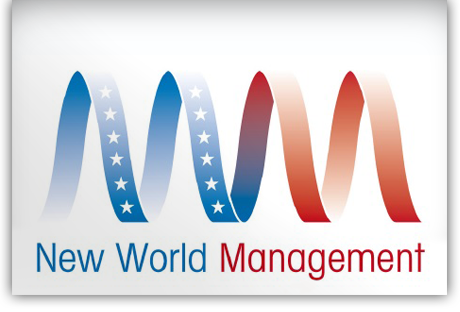401(k) Breakdown
401(k) plans have become America’s most popular type of employer-sponsored retirement plan. This article outlines the most important aspects of 401(k)s to help you understand the advantages they offer you and your workforce.
In broad terms, a 401(k) is a system in which employees and their employer deposit funds for workers’ use during retirement. When employees contribute money to the plan, they do so by setting aside a portion of their normal compensation. This amount is referred to as an elective deferral and is typically made without being taxed. Employers are not required to make contributions, but if they choose to they may do so in one of two ways. First, they may make a matching contribution, funding the plan with up to 100% of the amount their employee contributed in his or her elective deferral. If the employer decides not to match employee contributions, they may instead pay a predetermined amount to each employee’s plan. Companies with profit-sharing plans often use this option to distribute benefits to their employees. Regardless of which option your business chooses, contributions made by employers are typically tax-deductible.
This type of flexibility is one of the features that makes 401(k)s so attractive to businesses looking to customize a plan to fit their needs. But for smaller businesses with less specialized requirements and less money to invest in designing a plan from the ground up, it can be a drawback. This is where so-called “master” or “prototype” plans come in. These plans are pre-approved by the IRS for the use of any business that chooses to adopt them, eliminating the need to draft an original plan. Master or prototype plans are sponsored by a variety of financial institutions, such as banks, credit unions, and mutual fund companies, along with other professionals and agencies such as accountants, attorneys, financial planners, insurance companies, and trade organizations. Both master and prototype plans are premade and ready to use, however there is a small difference between the two. Under a master plan, the organization sponsoring the plan establishes a single account in which retirement funds for all participating employers are held. A prototype plan is more traditional—each business gets its own account to manage its own 401(k) assets.
While 401(k)s guidelines establish how much money employers and employees may contribute to the plan, they do not define the actual sum an employee will be left with for retirement. Ultimately, it is the combination of contributions plus investment factors that determines how much money the employee will have access to upon retirement. Employers can exercise some control over these investment factors by selecting the type of investment product they will use to store employees’ funds. Mutual funds are a popular choice, but other vehicles can be used as well.
Like funds stored in IRAs, 401(k) assets can be withdrawn without penalty only when certain conditions are met. Again, the plan document is the authority on what these conditions are, but one is standard: the employee must be at least age 59.5 in order to receive funds without penalty. In some cases, employees who are below this cutoff age may also be eligible to receive their 401(k) savings penalty-free if they are experiencing a hardship as defined under the plan. If the plan is terminated, workers have the option to receive their money or roll it over into a different tax-free account.
Some employers choose to offer loans on their 401(k) plans. Loans allow employees to access up to 50% of their plan balance, as long as that figure does not exceed $50,000. Employees typically have 5 years to repay 401(k) loans, but that timeframe may be longer if the money is being used to purchase a primary home. Balances left unpaid at the end of the loan’s term are considered early distributions and are taxed and penalized accordingly.
The flexibility of 401(k)s allows your business to pick and choose which perks to offer, while making sure they fit within your financial means. A strong retirement plan is part of the incentive that draws talent to businesses. Whether your company is large or small, establishing a 401(k) could be a valuable decision as you build a workforce with the skill to drive your business.









